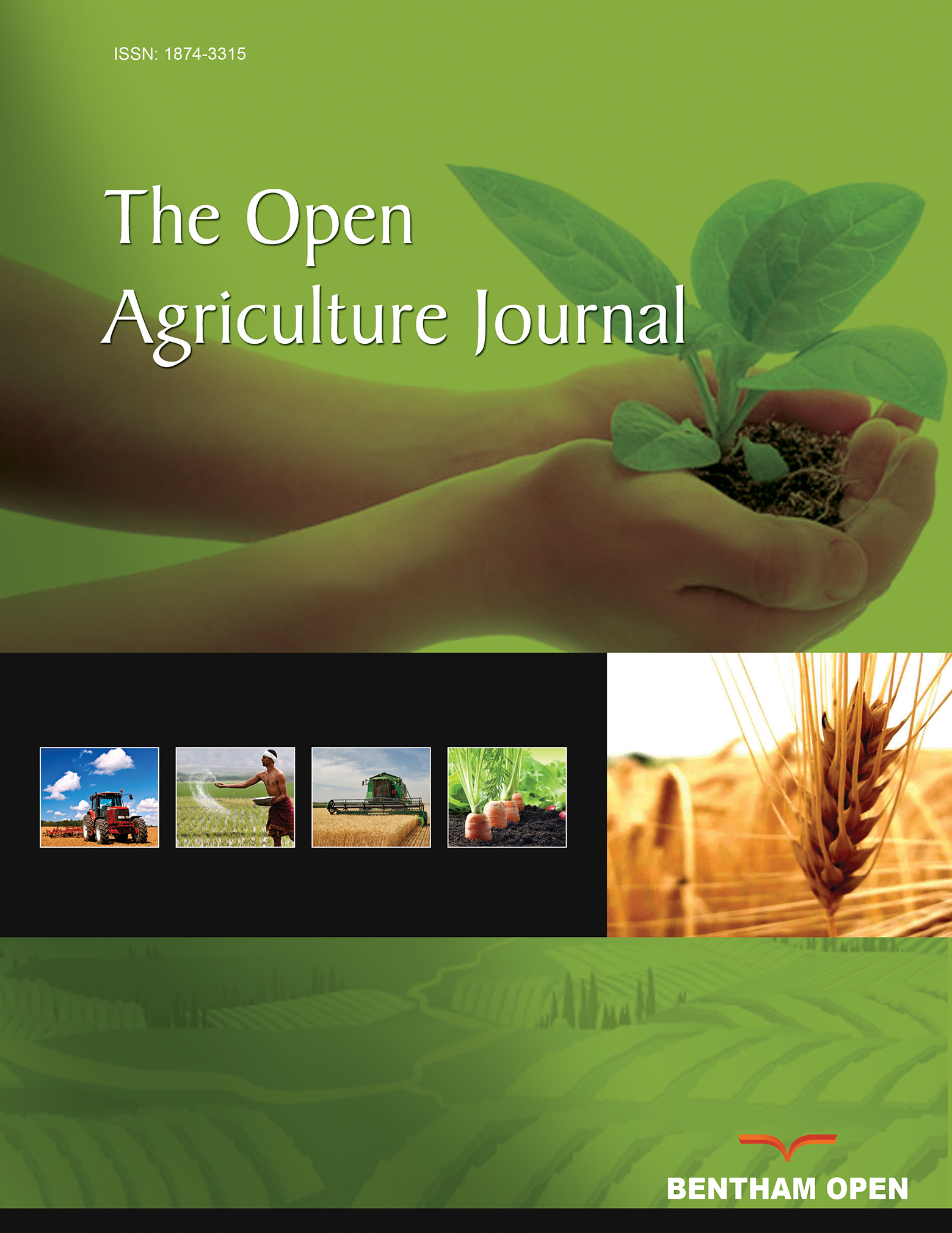All published articles of this journal are available on ScienceDirect.
Assessment of Mineralized Nitrogen During Maize Growth Succeeding Different Winter Cover Crops in the Mediterranean Environment
Abstract
Background:
Understanding soil nitrogen (N) dynamics is essential to find alternative N sources and improve N use efficiency in agriculture.
Objective:
The aim of this study was to assess N mineralization rates from residues of winter cover crops, during maize crop season, under Mediterranean conditions.
Methods:
A field experiment was carried out from May to September in central Portugal, with four replications, two sowing dates of cover crops (15/10/2011 and 29/11/2011) and three cover crops residues (balansa clover, ryegrass and yellow lupine) that were incorporated in the soil. Plots were cropped with local maize and net N mineralization was measured during the crop cycle, using soil cylinders placed inside micro-perforated polyethylene bags.
Results and Discussion:
Early sowing of the cover crops residues increased the NH4+ and NO3- contents in the soil. Yellow lupine residue had the highest rate of daily N mineralization (0.71 mg N kg-1 day-1). For all treatments, the highest mineralization rate was found in the last incubation period, ranging between 0.78 mg N kg-1 day-1 and 1.84 mg N kg-1 day-1, both for balansa clover, from the second and the first sowing date, respectively.
Conclusion:
The present study suggests that, under Mediterranean field conditions, cover crops residue of Italian ryegrass, balansa clover and yellow lupin can be used as a nitrogen source namely for sustainable maize crops.


